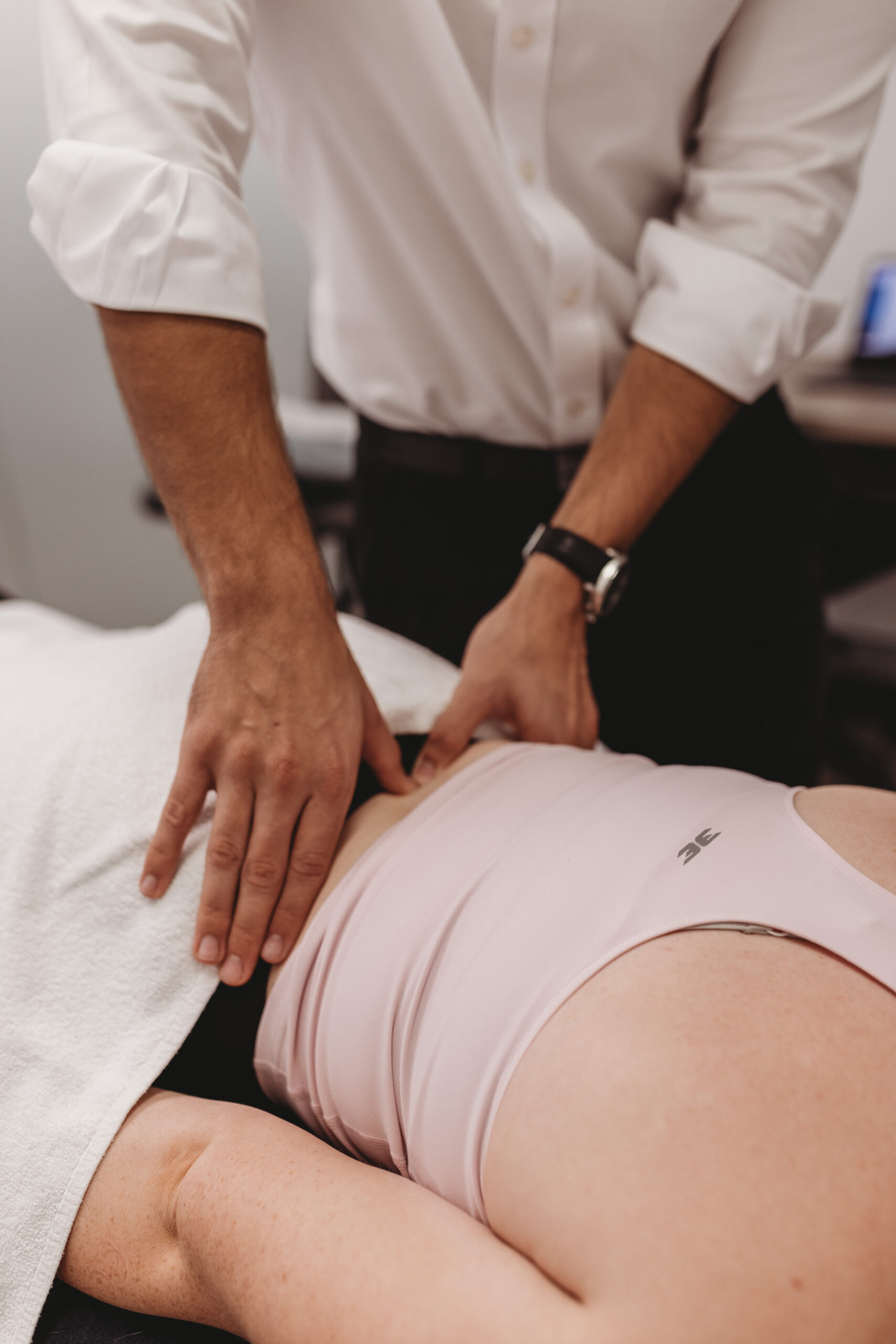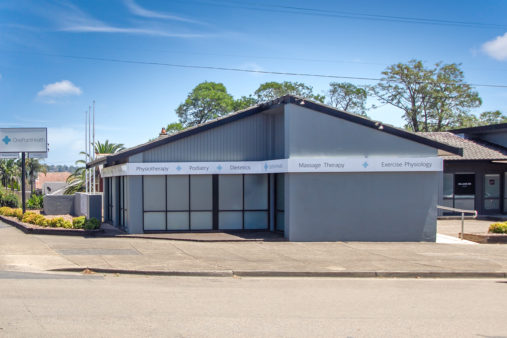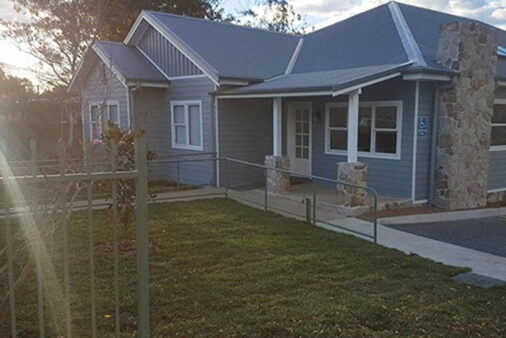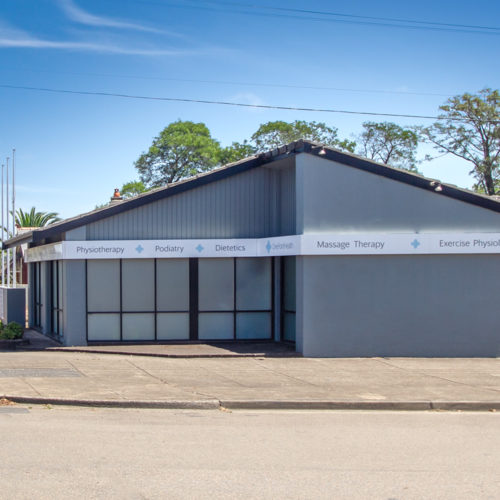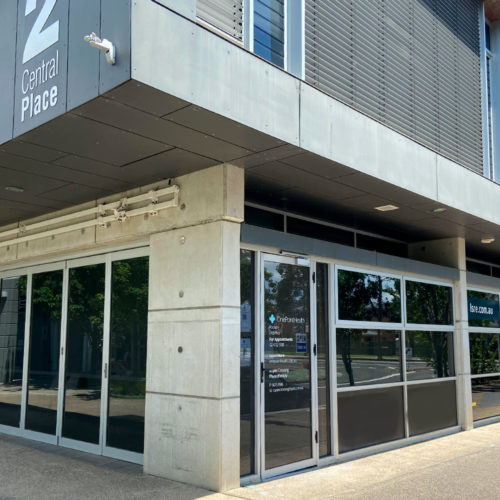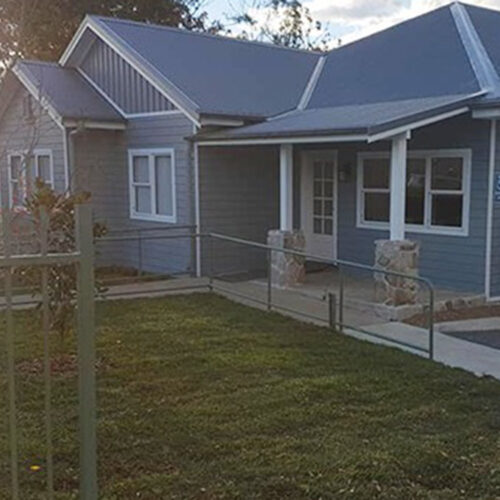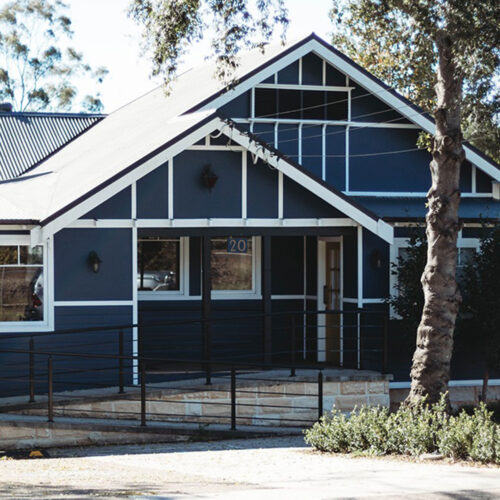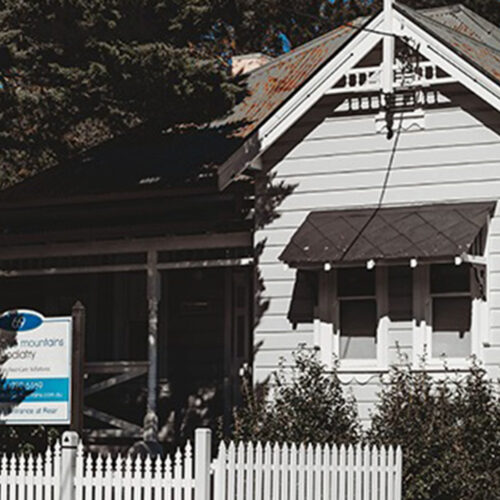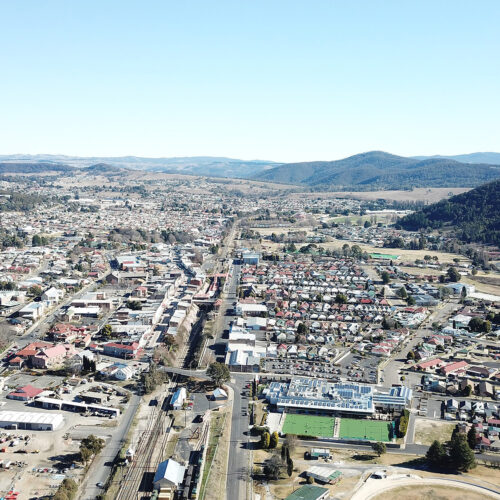Is back pain slowing you down? At OnePointHealth, our experienced physiotherapists create personalised treatment plans to get you moving comfortably again.
What is low back pain?
Low back pain refers to discomfort or pain in the region of the lower part of the spine, known as the lumbar spine. This area includes the five vertebrae (L1-L5) and the surrounding tissues, such as muscles, ligaments, nerves, and intervertebral discs. Low back pain is common and can range from mild to severe.
Who is affected by back pain?
Low back pain is a widespread issue that many of us will experience at some point. Research shows that a large number of Australians deal with back pain during their lives. This prevalent condition also impacts our healthcare system. From doctor’s appointments to hospital stays, back pain contributes to significant costs.
For many people, factors at work can increase the chances of developing low back pain. Jobs that require lots of sitting or physical demands take a toll on our backs. While low back pain affects individuals of all ages, it tends to be more common as we age. Men and women also tend to experience back pain at different rates.
The good news is that most back pain episodes are short-term and improve with some rest and the right care. But for some people, the pain can become chronic, lasting for months or even years. This ongoing pain can impact the quality of life. The key is getting the right treatment plan in place early.
What causes lower back pain?
Our daily habits and lifestyle factors can contribute to back pain in subtle ways. Poor posture, not staying active, and carrying extra weight put strain on the back over time. Even normal activities like bending awkwardly while lifting or standing up suddenly can lead to muscle or ligament strains.
The cushy discs between vertebrae act as the spine’s shock absorbers. But they aren’t indestructible! Disc injuries from strained movements or gradual age-related wear and tear can press on nerves and cause pain.
As we age, spinal changes like spinal canal narrowing or osteoarthritis can appear. Our bones become more fragile too. Conditions like spinal stenosis, scoliosis, and osteoporosis alter spinal structure and lead to pain.
Nerve-related issues can also crop up. Sciatica, where the large sciatic nerve gets compressed, causes numbness or tingling down the legs.
In rare cases, spinal tumours or infections underlie chronic back pain. But these serious causes are less common.
Symptoms of low back pain
Low back pain can manifest in different ways for each person. You may feel anything from a dull ache to sharp pains in your lower back. The pain can also spread into areas like your hips, buttocks, and thighs. Stiffness and muscle tightness often accompany the pain, making movement more difficult. Certain activities like bending, lifting, or prolonged sitting can worsen the discomfort.
Some individuals experience numbness, tingling, or weakness that radiates down the legs and feet. Standing or walking for long periods may also increase the ache. The specific symptoms and severity depend on the underlying cause of the pain. An experienced healthcare provider can evaluate your condition and create a tailored treatment plan to help manage your pain and improve mobility.
Physiotherapy treatment for low back pain
Physiotherapy is often a key component in the management of low back pain. A physiotherapist will assess your condition, identify contributing factors, and develop a personalised treatment plan. Here are common physiotherapy treatments for low back pain:
Education and Advice:
- The physiotherapist will provide information about the anatomy of the spine, proper posture, and body mechanics.
- Education on ergonomics, lifting techniques, and lifestyle modifications to prevent further strain.
Exercise Therapy
- Specific exercises are prescribed to strengthen the muscles that support the spine, including the core muscles.
- Flexibility and range of motion exercises may be included to improve mobility in the spine and surrounding areas.
- Aerobic exercises, such as walking or swimming, may be recommended for overall fitness.
Manual Therapy
- Hands-on techniques such as joint mobilisation and manipulation may be used to improve joint mobility and reduce pain.
- Soft tissue mobilisation and massage can help alleviate muscle tension and promote relaxation.
Heat and Cold Therapy
- The application of heat or cold may be used to reduce pain and inflammation. Heat packs or cold
Posture and Body Mechanics Training
- A physiotherapist helps you understand and improve your posture and body mechanics to prevent strain on the lower back.
Activity Modification
- Advice on modifying daily activities to reduce stress on the lower back, especially during work or recreational activities.
Behavioural Approaches
- Cognitive-behavioural strategies may be incorporated to address psychological aspects of pain and improve coping mechanisms.
Progressive Return to Activity
- Gradual introduction of activities and exercises to prevent recurrence and promote long-term recovery.
It’s important to note that the specific treatment approach will depend on the individual’s diagnosis, the severity of the condition, and any underlying factors contributing to the low back pain. Always consult with a healthcare professional, such as a physiotherapist or orthopedic specialist, for a thorough evaluation and a personalised treatment plan tailored to your needs.
Your Step-by-Step Guide to Physiotherapy for Back Pain Relief
Assessment
The physiotherapist will begin by conducting a thorough assessment of your condition. They will ask you questions about your symptoms, medical history, and any activities that may have contributed to the injury. They may also perform physical tests to evaluate your range of motion, strength, and flexibility.
Diagnosis
Based on the assessment, the physiotherapist will provide a diagnosis and explain the underlying causes of your condition. They will discuss their findings with you and answer any questions you may have.
Treatment plan
The physiotherapist will develop a personalised treatment plan tailored to your specific needs. This plan may include a combination of exercises, stretches, manual therapy techniques, and other modalities to address your symptoms and promote healing.
Hands-on therapy
Depending on your condition, the physiotherapist may use hands-on techniques such as massage, joint mobilisation, or soft tissue manipulation to alleviate pain, improve mobility, and promote tissue healing.
Exercise prescription
The physiotherapist will prescribe specific exercises and stretches to strengthen the affected muscles, improve flexibility, and restore normal movement patterns. They will guide you through these exercises and ensure you perform them correctly.
Education and advice
The physiotherapist will provide you with education and advice on self-management techniques, such as proper posture, ergonomics, and modifications to activities that may aggravate your symptoms. They may also offer guidance on pain management strategies and injury prevention.
Follow-up sessions
Depending on the severity of your condition, the physiotherapist may recommend a series of follow-up sessions to monitor your progress, adjust the treatment plan if needed, and provide ongoing support and guidance.
Remember, every physiotherapy session may vary based on your specific needs and the expertise of the physiotherapist. It is important to communicate openly with your physiotherapist, ask questions, and actively participate in your treatment to achieve the best possible outcomes.
Get on top of back pain
Here at OnePointHealth, we offer a range of services including physiotherapy, chiropractic care, massage therapy, podiatry, and exercise physiology. Our team are all qualified healthcare professionals who aim to provide personalised and evidence-based treatments to help individuals recover from injuries, manage chronic conditions, and improve overall health and well-being.
